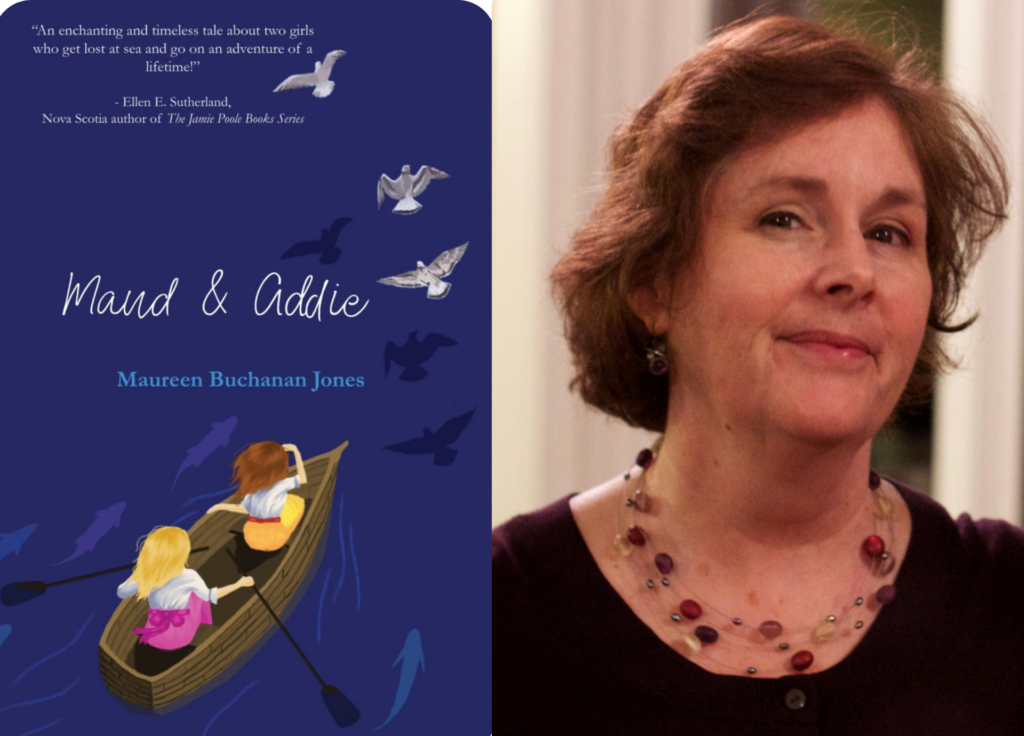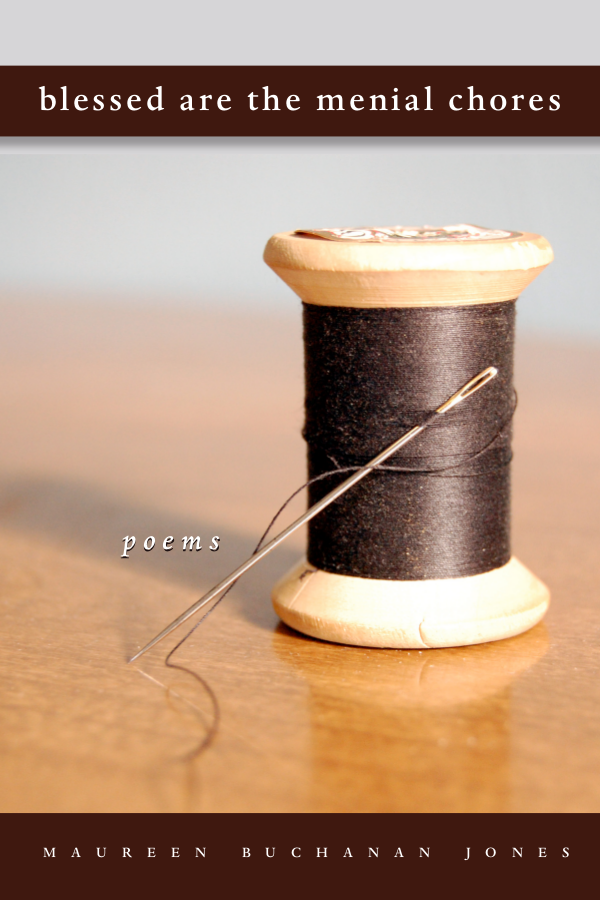Last week a storm snapped off the top of a 100-ft white pine and slammed it down behind my house, pinning the back door shut. Remarkably, nothing was damaged. I now have a giant octopus with 30-ft limbs sprawled across my small patio. The priority was to clear a way for the back door to open. Pulling the loose and splintered branches was like playing pick-up sticks as I chose the easiest ones to reach and pull. I made piles first on one side of the house then the other, dragging the boughs after me like enormous feather dusters. Within two hours I had cleared the back door and assembled several heaps of aligned branches. Two oak saplings were pinned under 6- to 8-inch diameter limbs. These needed rescuing. The pick-up stick game became a more serious question of physics. Without being able to lift the massive limbs, using leverage became the strategy. The two saplings finally sprung free. One nearly returned to upright, the other remains deeply bowed, but no longer weighted. That is as much as I can do until it’s above freezing and I can use the chainsaw to disassemble the attached limbs, separate and move them.
Writing a novel can feel like this as one begins. A flash of an idea lands and the mind branches in all directions, the process of writing, editing, finding an agent, a publisher, all large, weighty, confusing and, for most of us, rather daunting. One part of the mind wants everything to make sense and be orderly. That’s the survival part of the mind. The other part of the mind wants to dig in and grapple with what’s pressing in the story, to go for broke, follow the threads and the heat. That’s the creative part of the mind. Everyone has their own process in managing these two equally important and powerful impulses.
The loose branches I gathered and piled are like the scenes I write first, the ones that help me get to know the characters, the place, the questions that connect everything and create the tension in the story. These can pile up for a bit before I’m ready to tackle the overall structure, which is the trunk of the tree with its multiple compelling branches. This is where plot comes in and serious character development, which includes backstory. Going back and forth between gathering and piling and tackling the core of the narrative isn’t a perfect rhythm. Sometimes the focus on one or the other has all my attention. Sometimes they overlap. In the end, though, I have aligned the scenes, the characters who inhabit them, the arc and pace of the telling, and all the supporting elements like descriptions of place and time. To say this is a messy process is to understate and misrepresent what actually happens. Just like sorting out the tree, it takes full concentration and a recognition that some branches are stuck, and some are surprisingly cooperative. May a tree never topple in your back yard, but I do hope that the novelist in you recognizes and welcomes the exciting arrival of inspiration and the joy of sorting and collecting your own branching narratives.
Events
Thank you Odyssey Bookshop for hosting a reading of Maud & Addie on January 18! Thank you to everyone who joined me! And thank you to Hilary Godwin, who is a skilled and charming interviewer! If you weren’t able to be there, here is the link. And here I am at the Odyssey, signing books.

Prompt Photo



